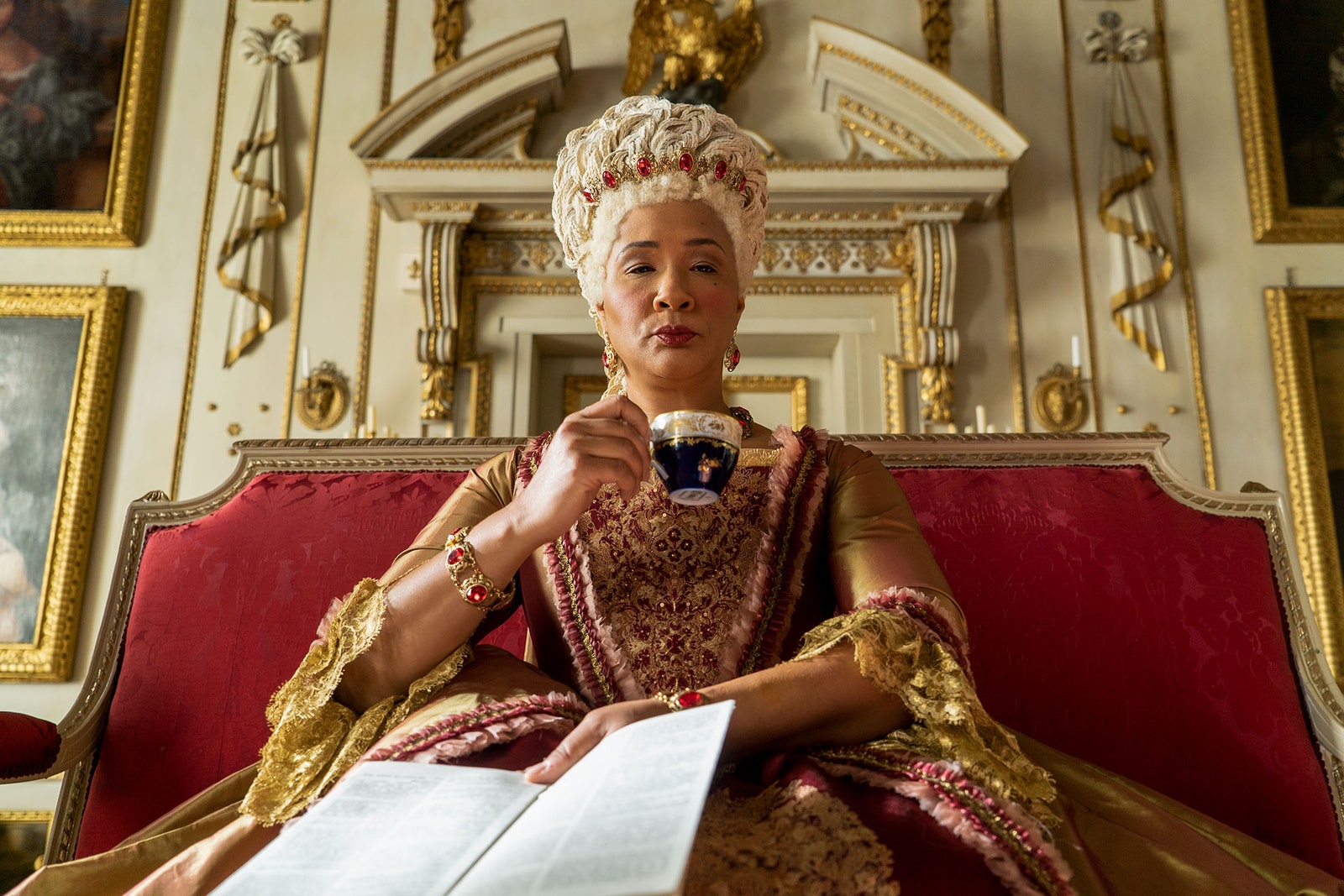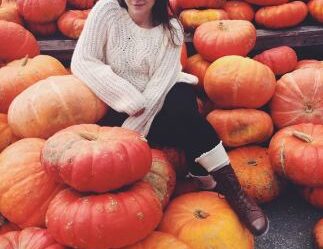
Much as George might have wished his young wife to take a back seat, her influence grew throughout her time as consort. Despite speaking no English when she first arrived in England, Charlotte learned fast. She quickly fulfilled what was then regarded as one of her primary responsibilities—producing an heir—giving birth to the couple’s first child, George, Prince of Wales (later King George IV), less than a year after her marriage. She carried out her child-bearing duties with aplomb, going on to have 14 more children (two of whom died before adulthood).
The queen became an accomplished interior decorator, overseeing the design of the newly constructed Queen’s Lodge, a new addition on the royal Windsor estate, and Queen Charlotte’s Cottage in Kew Gardens (two favorite family retreats). She was also a keen botanist and a champion of a number of garden projects at Kew. In later life, once her husband’s physical and mental health was failing, she found solace in throwing herself into doing up a new residence for herself, Frogmore House (now of the Duke and Duchess of Sussex fame). A significant patron of the arts who loved going to concerts, she even hired Johann Christian Bach (son of the renowned composer) as her music master. Both Charlotte and the king were fond of German composers like Handel, and she is known to have helped nurture the career of a young Mozart, who performed for her when he was just eight years old.
Charlotte also founded a number of orphanages and was patron of the General Lying-in Hospital for expectant mothers, which she helped fund (today named the Queen Charlotte’s and Chelsea Hospital in her honor). An early champion of female education, she made sure that her daughters were educated far beyond that of contemporary standards. She also had an eccentric streak and a fondness for exotic animals, with her and the king keeping rare breeds of cattle and colorful Tartarian pheasants at Queen Charlotte’s Cottage. Much like her descendant Queen Elizabeth II and her beloved corgis, Charlotte had a number of pomeranians. She often kept a pack of them bustling around her in her staterooms, with the dogs making a number of appearances of their own in Bridgerton.
Despite her husband’s warnings, Charlotte also took an interest in governance and made sure to keep abreast of the latest political developments. She operated tactfully and discreetly so as not to ruffle any feathers with George, delicately offering her thoughts on matters such as recommendations for offices. She paid particular attention to German issues, like the War of the Bavarian Succession, and it’s thought that George’s support for British intervention in a conflict between Joseph II and Charles Theodore of Bavaria could have been due to his wife’s influence.


